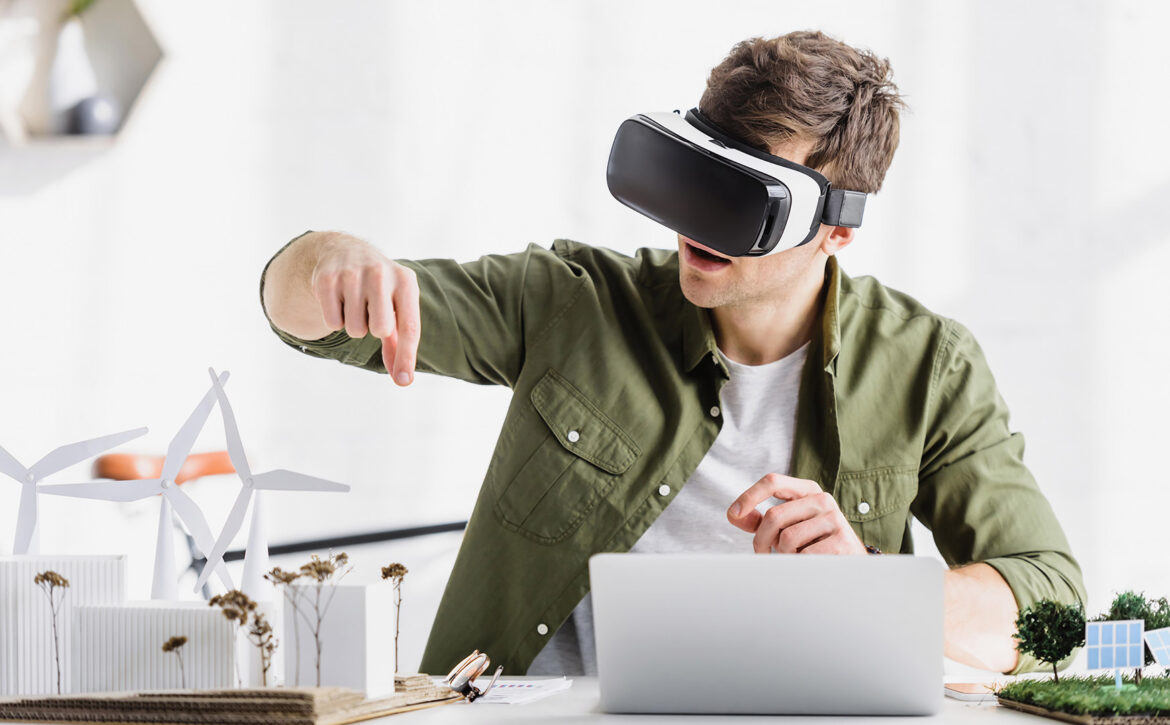Augmented Reality (AR) Platforms for Immersive Experiences
Exploring Prominent Augmented Reality (AR) Platforms for Immersive Experiences
There are several augmented reality (AR) platforms that developers and businesses leverage to create AR experiences. Please note that the AR industry is dynamic, and new platforms may have emerged since then. Here are some prominent AR platforms:
- ARCore (by Google):
- ARCore is Google’s platform for building AR experiences on Android devices. It provides tools for motion tracking, environmental understanding, and light estimation.
- ARKit (by Apple):
- ARKit is Apple’s AR development platform, enabling developers to create immersive AR experiences for iOS devices. It supports features like motion tracking, scene understanding, and object recognition.
- Vuforia (by PTC):
- Vuforia is a popular AR development platform that offers computer vision capabilities for recognizing and tracking objects. It supports both Android and iOS.
- Unity AR Foundation:
- Unity AR Foundation is an extension of the Unity game development engine that allows developers to create AR experiences across multiple platforms, including ARCore and ARKit.
- Wikitude:
- Wikitude is an AR development platform that supports the creation of location-based AR experiences. It includes features like image recognition, geolocation AR, and 3D tracking.
- EasyAR:
- EasyAR is a cross-platform AR development framework that supports both marker-based and markerless AR experiences. It provides solutions for Unity, Android, iOS, and more.
- MaxST AR SDK:
- MaxST AR SDK is an AR development toolkit that provides features such as image recognition, 3D object recognition, and markerless tracking for Android and iOS.
- Kudan AR SDK:
- Kudan AR SDK is a versatile AR development kit supporting marker-based and markerless tracking. It is compatible with both Android and iOS platforms.
- 8th Wall:
- 8th Wall is a platform for creating AR applications on the web. It supports AR development for smartphones and smart glasses, providing features like surface tracking and image recognition.
- Zappar:
- Zappar is an AR development platform that focuses on creating engaging AR content for marketing and education. It supports image tracking, face tracking, and world tracking.
- Reality Composer (by Apple):
- Reality Composer is an AR authoring tool provided by Apple. It allows designers and developers to create AR experiences without extensive coding.
- Spark AR Studio (by Facebook):
- Spark AR Studio is a platform for creating AR effects for Facebook and Instagram. It enables the development of interactive AR filters and effects.
- Hololens Development (by Microsoft):
- Microsoft offers development tools for creating AR experiences on HoloLens devices. It combines spatial mapping, gesture recognition, and holographic display capabilities.
- Snap Lens Studio (by Snap Inc.):
- Snap Lens Studio allows developers to create augmented reality lenses for Snapchat. It supports face tracking, hand tracking, and 3D object recognition.
- DeepAR:
- DeepAR is an AR platform that focuses on face tracking and augmented reality effects for applications such as video conferencing, live streaming, and interactive experiences.
Before choosing an AR platform, it’s crucial to consider factors like the target devices, development environment, and specific features required for your AR project. Additionally, check for updates and new releases in the AR space for the latest tools and capabilities.


